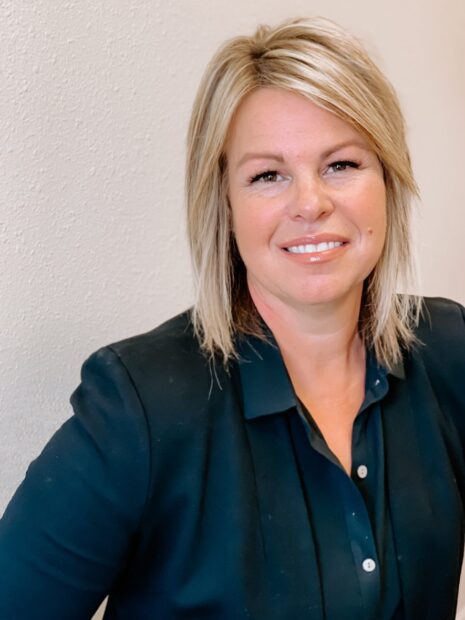Pullman, Wash.-based Schweitzer Engineering Laboratories (SEL) creates products used to protect power grids throughout the country and the world. Serving customers worldwide can be challenging and skilled employees make it possible. “Employers like SEL are looking for skilled tradespeople and that workforce need is growing,” said Marisa Hemingway, an SEL Human Resources Director.

A few miles south at Lewis-Clark State College (LCSC) in Lewiston, a plan is in place to meet the demand for skilled workers at SEL and for other employers throughout the region. “We have placed career technical and academic studies side-by-side, interfacing the curriculum and we believe we are responding to industry in ways that are meaningful,” LCSC President Dr. Cynthia Pemberton said.
LCSC’s new president calls it the “knitting together of hard and soft skills” and says it results from input received from technical advisory committees convened by the college specifically to hear what regional employers need. “They are interested in students who have technical skills directly related to jobs they need to have done. They also need individuals with soft-skills who can reason and work as part of a team and have more complex abilities to solve problems,” Pemberton said.
In some cases, students earning an associate degree may decide to continue working toward a more advanced degree. “We try to prepare them for the first job and then for what would come next as well,” LCSC Provost Dr. Lori Stinson said. “Take for example our Associate of Science in Engineering. It is specifically designed for two years here at LCSC and we have an agreement in place with the University of Idaho for students to transfer there for any range of engineering degrees.”
Faculty are also partnering with industry in and around the Lewiston-Clarkston valley – establishing internships and apprenticeships to, as Dr. Stinson put it “polish-off the student” to gain specific career skills.
SEL’s Marisa Hemingway says it is a great way to help LCSC graduates develop a variety of career competencies. “Who better to teach career skills than the companies offering the careers,” she said. “This partnership enables academic institutions to focus on teaching fundamentals – math, physics, etc.”
Similar partnerships with industry are occurring at colleges and universities throughout our state and have the full backing of the State Board of Education and Governor Brad Little’s Workforce Development Council.
“Connecting education to careers is critical to the economic competitiveness of the state. Employers have to shine a spotlight on the skills that our future workforce needs. If we don’t provide that leadership, we can’t expect education to meet our needs,” Chairman Trent Clark of the Workforce Development Council said.
Dr. Pemberton says the recent pledge of cooperation between all eight college and university presidents is strengthening partnerships and filling voids that might otherwise be problematic. “If an individual school doesn’t have all the pieces for a particular program, we find a way to work together to make those pieces come together.” she said. “These are examples of how higher education in Idaho is working together to deliver real, tangible education pathways that blend experience to meet industry needs.”
By Debbie Critchfield is president of the Idaho State Board of Education
